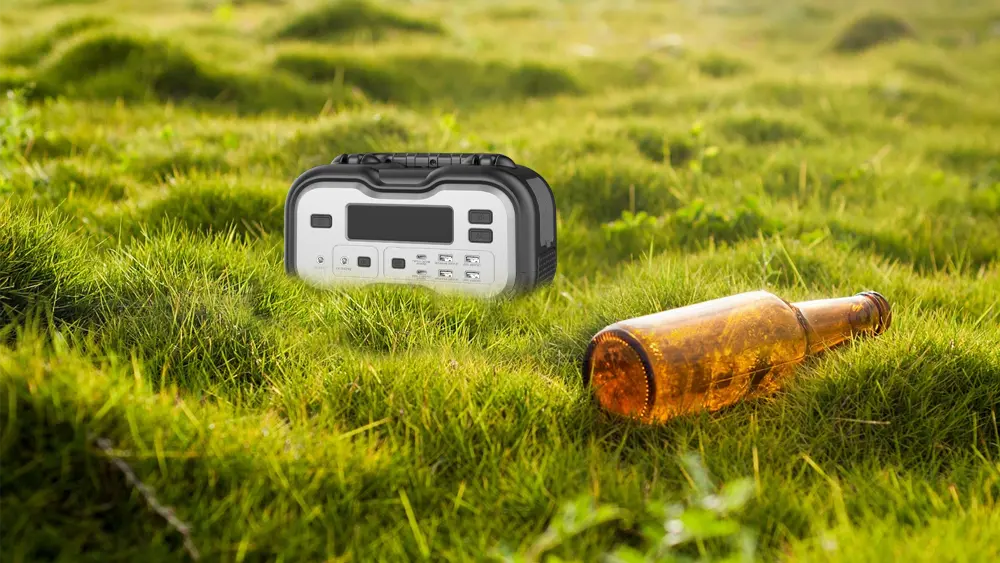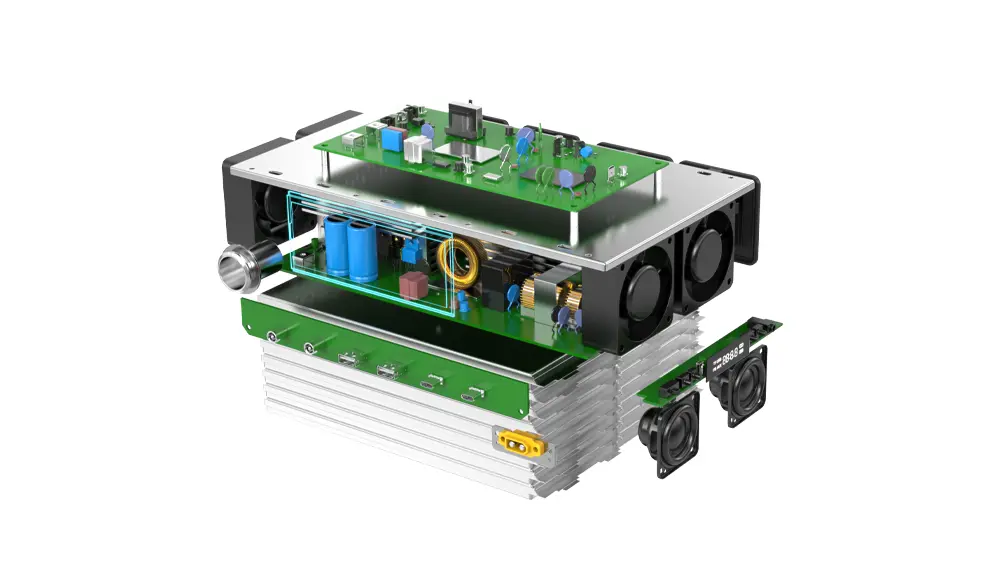Introduction
The global demand for reliable, portable energy solutions has surged, driven by outdoor recreation, remote work, and emergency preparedness. Custom portable power stations now bridge the gap between generic products and user-specific needs. This essay explores the evolution of portable power technology, market trends, and how manufacturers like Portable Power Station Factory deliver tailored energy solutions.
Types of Portable Power Stations and Their Applications
Two Primary Types – Energy Storage vs. Fuel-Based Generators
Portable power stations fall into two categories:
- Energy Storage Stations: Battery-powered units (e.g., lithium-ion) that convert DC to AC power, ideal for short-term use (e.g., camping, backup power).
- Fuel-Based Generators: Gasoline, propane, or solar generators for high-wattage, prolonged energy needs (e.g., construction sites).
Supporting Data:
| Type | Use Cases | Power Range | Example Brands |
|---|---|---|---|
| Energy Storage Stations | Camping, small appliances | 300W–2,000W | Jackery, EcoFlow |
| Fuel-Based Generators | Construction, emergencies | 3kW–10kW+ | Honda, Generac |
Analysis: Energy storage stations dominate the consumer market due to their eco-friendliness and quiet operation. In contrast, fuel-based units remain critical for industrial applications. Portable Power Station Factory addresses this divide by offering customizable battery solutions that scale output to match user scenarios, such as solar-compatible designs for off-grid homes.

Market Trends and Consumer Priorities
2024’s Shift Toward Customization and Solar Integration
The 2024 portable power market prioritizes modularity and sustainability. Brands now emphasize:
- Solar-ready designs (e.g., foldable panels for outdoor use).
- Medical-grade reliability (e.g., backup power for CPAP machines).
- Compact, lightweight builds for enhanced portability.
Source: highlights solar-compatible models like the Jackery SolarSaga 100W, which pairs with portable stations for indefinite off-grid power.
Case Study: Portable Power Station Factory offers bespoke solutions like high-capacity lithium batteries (5kWh–10kWh) for RV owners and ultra-light models (under 10 lbs) for backpackers. Their customization portal allows users to select battery chemistry, output ports, and solar inputs.
Technical Innovations in DIY and Commercial Power Stations
Efficiency and Low-Loss Circuitry
DIY enthusiasts and manufacturers alike focus on minimizing energy loss. Key advancements include:
- MPPT (Maximum Power Point Tracking) for solar charging efficiency.
- Low-heat dissipation circuits to extend battery lifespan.
- Smart BMS (Battery Management Systems) for safety.
Source: Overunity Electricity emphasizes DIY designs with 95%+ efficiency rates.

Portable Power Station Factory integrates these technologies into preconfigured and custom units. For example, their Emergency Medical Power Pack uses hospital-grade BMS to power CPAP machines for 12+ hours, aligning with data from PortablePowerStations.
User-Centric Design – Balancing Power, Portability, and Cost
The Four Pillars of Consumer Choice
- Power Capacity: Ranges from 500Wh (phones/laptops) to 10kWh (whole-home backup).
- Portability: Weight (5–50 lbs) and form factor (e.g., foldable handles).
- Charging Speed: Fast solar input (e.g., 800W max) vs. slower AC charging.
- Sustainability: Solar/wind compatibility for carbon-neutral use.
Data Table:
| Feature | Consumer Priority | Custom Solutions |
|---|---|---|
| High Capacity | Home backup | 10kWh modular systems |
| Lightweight Design | Outdoor enthusiasts | Lithium-polymer batteries (9–15 lbs) |
| Fast Solar Charging | Off-grid living | 800W solar input with MPPT |
Example: Portable Power Station Factory’s “Adventure Series” combines a 1.5kWh battery with a 500W solar input, catering to hikers needing 3–5 days of off-grid power.
Conclusion
The future of portable energy lies in adaptable, user-driven solutions. Manufacturers like Portable Power Station Factory exemplify this shift by merging cutting-edge technology with deep customization. Whether for emergency preparedness, outdoor adventures, or industrial applications, bespoke power stations ensure energy is truly “on demand.”